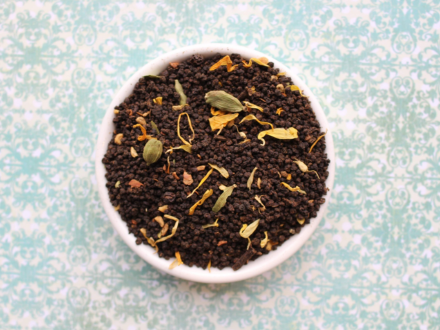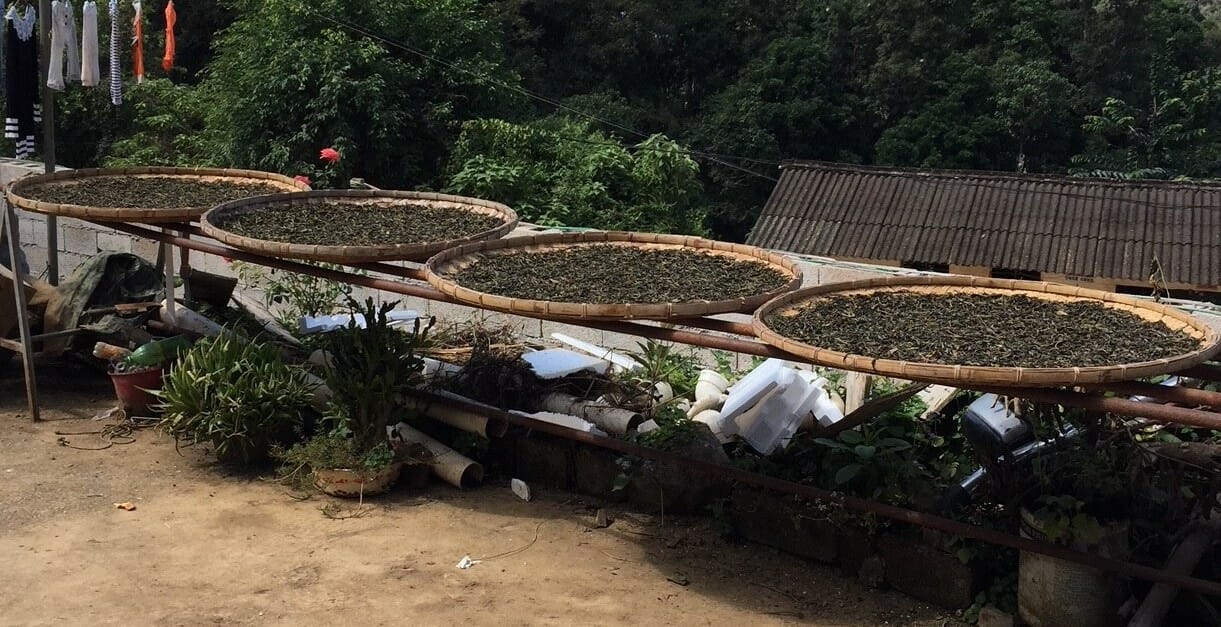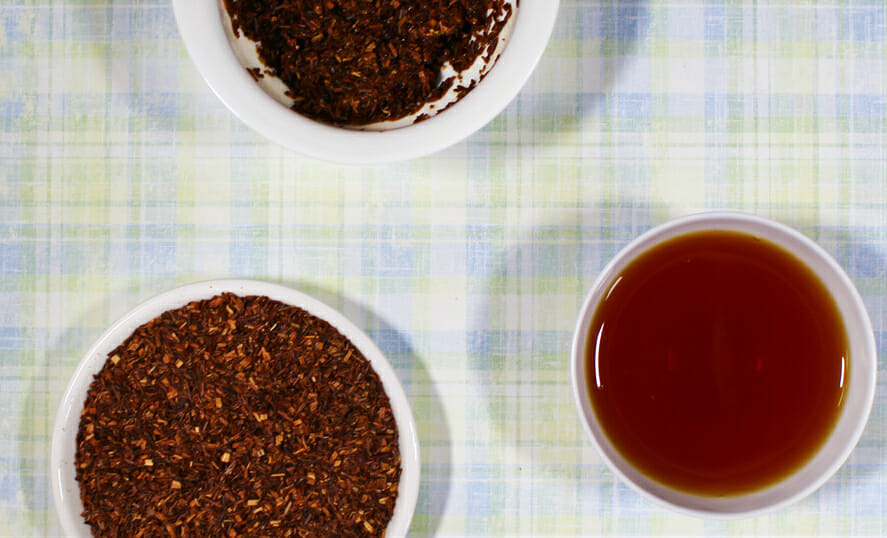
Over the last year, there have been many events and trends that have impacted global tea supply. These changes can affect the price and quality of the tea we purchase. These are our brief tea reviews of what happened this year in tea.

On September 1st, tariffs were increased 15% on all Chinese tea imported by the United States. China represents about 20% of US Tea imports and China exports about 7% of its tea to the United States. The tariffs represent a bigger issue for American tea shops and consumers who will need to pay a premium for the products. With only 7% of China’s tea exports heading to the US, it will be relatively easy for Chinese producers to find other buyers for their tea.
Drought is impacting the harvest in Yunnan province. Particularly hard hit are the southern regions. Recurring drought has been an ongoing problem since as early as 2001, but this year has been particularly dry. The pu’er that can be processed will be lower quality as a result of the lack of water. The short supply that can be harvested will drive the prices up. Higher prices for lower quality will have a heavy impact on the local economies.

China imported roughly 10 million kilos of Ceylon black tea from Sri Lanka. China can import Ceylon and Kenyan teas for cheaper than the black tea that is produced domestically. The younger Chinese population is starting to prefer tea with milk as a result of the government’s attempts to increase milk consumption in the country. The Chinese dairy industry has increased from 120,000 cows to over 13 million since the 1970s.
China’s regulatory authorities are working to promote organic and eco-friendly tea growing practices. The government categorizes tea farms into three different tiers: traditional, ecological, and organic. The organic tier encompasses <10% of producers. These farmers meet all Organic certification requirements of the USDA and EU. The ecological tier represents about 40% of tea farms that are transiting away from large scale chemical fertilization and pesticide application. The third tier represents about half of all tea production, where chemical fertilizers and pesticides are still heavily in use. The agricultural departments will be setting up leadership groups to help promote the program as well as working to increase communication between producers and farmers and increase access to new irrigation and pest control technologies.
In August, China signed a trade agreement with Kenya for 5 million kilos over the next 3 years which should help stabilize the market. Kenyan tea production is down roughly 8.5% this year. The Kenyan tea market is saturated with high yields from the previous years crop which is driving prices lower. Kenyan officials are beginning to stress the importance of quality over quantity. Producing higher quality black and purple teas will help keep prices stable, as premium lots have higher value internationally.

Cut, Tear, Curl or CTC Assam represents approximately 90% of production in the region. CTC producers are, and have been, operating at a financial loss. High costs of production and low market prices are straining producers. Farm workers received a 22% wage increase in 2018 largely increasing production costs. A committee was formed between Government ministers and the United Planters Association of Southern India (UPASI), the Indian Tea Association (ITA), the Confederation of Small Growers as well as representative from Unilever and Tetley. Areas of focus include auction reform, diversifying crops, increasing orthodox production incentives, and marketing to increase domestic tea consumption.
There has been a sharp increase in the price of Orthodox Assam, related to the 125% increase in consumption by Iran in the last year. Auction prices are climbing higher for specialty teas, but this is only a small part of the Indian tea economy.

Darjeeling tea is seeing a downturn in price as well. There is decreased demand after a 4 month strike in 2017 which left buyers without product. Buyers, especially in Japan, do not trust there will be consistent supply and are buying black teas from what they view are more reliable sources. Japan historically imports a large amount of first flush Darjeeling, but this year they imported roughly half of the previous years volume.
Conglomerates around the world are joining a UK-based initiative for Slave-free tea production. A majority of UK Tea consumption comes from the Assam region of India. Unilever and Typhoo joined the cause this year to end modern slavery by disclosing their tea suppliers. According to the United Nations, approximately 25 million people are trapped in forced labor situations. With more supply chain transparency, there will be pressure on Tea estates to pay workers higher wages or larger companies will source their tea from different suppliers. This is difficult considering the already high costs of production and low profit margins.
Domestic household consumption of traditional Japanese green tea is declining. Black tea and RTD bottled tea consumption has increased, especially with younger consumers, but Bubble tea is proving to be the most popular trend in Japanese beverages. Bubble tea is a tea base, milk, fruit juices and tapioca pearls or bubbles that sit at the bottom. The Bubble tea is causing pollution issues since there are few public trash cans in Japan. Many consumers are simply tossing their empty cups into the street or on the sidewalk. Others are concerned about possible public health implications of this fad. Bubble tea is high in sugar and calories.
The Asian Tea Alliance was formed between the Indian Tea Association, China Tea Marketing Association, Indonesian Tea Marketing Association, Sri Lanka Tea Board and Japan Tea Association. The goal of this group is to work together to grow tea production in these areas and consumption in Europe, the Middle East, and the Americas.
In November, South Africa agreed to pay the Khoi and San indigenous people of the region. The San and Khoi communities are the first known to have consumed rooibos as tea. The industry will pay 1.5% of the farm gate price in a landmark agreement. This is estimated to be about $800,000 this year.

Tea markets in some parts of the world are expanding. Iran has experienced over 10% growth in production this year and 3% value increase. Turkish tea producers are experiencing large growth with over 50% quantity increased and 30% value increase. The largest importers of Turkish tea are Belgium and Germany. This growth is despite the decision by Lipton to close one of its tea factories in the region. The tea industry in Myanmar is also experiencing a comeback with increasing relationships in China and Germany.
Thank you for another great year of Royal Tea New York! We appreciate the time you’ve taken to read our 2019 tea reviews and look forward to sharing more with you in the upcoming year.
Looks like you're not logged in! If you have an account, log in here
Don't have an account? Click here to register or close popup window and continue shopping.
